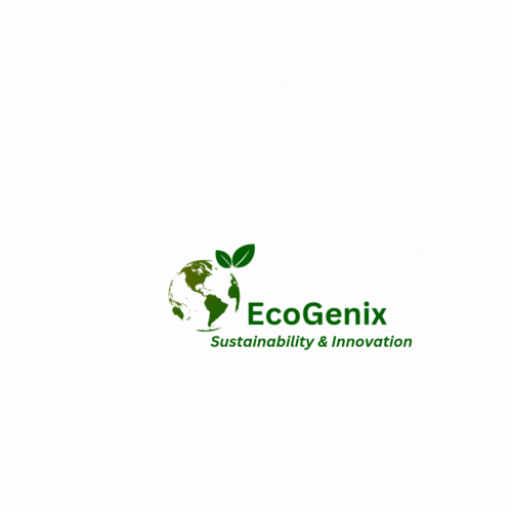Introduction to SDG 10: Reduced Inequalities
The Sustainable Development Goal 10 (SDG 10) aims to reduce inequalities within and among countries by addressing disparities in income, social status, access to resources, and opportunities. Inequalities in various forms, such as economic, social, gender, and educational, can impede progress towards sustainable development and hinder the achievement of other SDGs. By promoting inclusivity, social cohesion, and equal opportunities, SDG 10 strives to create a world where every individual can thrive and fulfill their potential regardless of their background or circumstances.
Types of Inequalities Addressed by SDG 10:
Economic Inequalities: These involve the unequal distribution of income and wealth among individuals and communities. It manifests in the form of poverty, unemployment, and lack of access to basic services.
Social Inequalities: These disparities are related to social characteristics like race, ethnicity, gender, religion, disability, and sexual orientation. Social inequalities can lead to marginalization, discrimination, and exclusion.
Educational Inequalities: Unequal access to quality education and educational resources can hinder the development of individuals and perpetuate intergenerational cycles of poverty and inequality.
Health Inequalities: Disparities in access to healthcare services, nutrition, and sanitation can lead to differential health outcomes among populations.
Regional Inequalities: Unequal development and infrastructure across regions can contribute to significant disparities in living standards and opportunities.
Achieving SDG 10:
Policy Reforms: Governments should implement policies that promote progressive taxation, social protection systems, and inclusive economic growth. They should also adopt measures to reduce discrimination, support vulnerable groups, and ensure equal access to essential services like education and healthcare.
Empowering Marginalized Communities: Initiatives that empower marginalized groups, such as women, ethnic minorities, and people with disabilities, can help break the cycle of inequality and improve their social and economic standing.
Strengthening Education Systems: Enhancing access to quality education and vocational training can equip individuals with skills and knowledge to participate in the workforce and break the cycle of poverty.
Healthcare Access: Ensuring universal access to healthcare services and addressing health disparities can improve overall well-being and productivity.
Closing the Digital Divide: Bridging the digital gap by providing internet access and digital literacy can empower disadvantaged communities with information and opportunities.
Integration with Other SDGs:
SDG 10 is closely linked to several other Sustainable Development Goals. Achieving reduced inequalities can significantly contribute to progress in the following areas:
SDG 1 (No Poverty): Addressing economic and social inequalities is critical to eradicating poverty and improving the living conditions of the most vulnerable populations.
SDG 3 (Good Health and Well-being): By reducing health inequalities, access to healthcare can be improved, leading to better overall health and well-being.
SDG 4 (Quality Education): Eliminating educational inequalities can ensure equal opportunities for all and promote lifelong learning.
SDG 5 (Gender Equality): Reducing gender-based disparities can empower women and girls, leading to increased social and economic development.
SDG 8 (Decent Work and Economic Growth): Reducing economic inequalities can promote inclusive economic growth and decent work opportunities for all.
SDG 11 (Sustainable Cities and Communities): Addressing regional inequalities can create more sustainable and resilient communities.
Target, Importance, and Geographic Scope:
The primary target of SDG 10 is to enhance the social, economic, and political inclusion of all individuals, regardless of their background or circumstances. This goal aims to ensure that no one is left behind and that everyone has an equal chance to participate in and benefit from the development process.
SDG 10 is particularly important for developing countries, where inequalities are often more pronounced and can hinder progress towards achieving sustainable development. However, it is also relevant in developed countries, as disparities in income and social opportunities persist in various forms.
Measures Implemented Worldwide:
Universal Healthcare: Countries like Norway, Canada, and Japan have achieved significant reductions in health inequalities through comprehensive universal healthcare systems that provide access to medical services for all citizens.
Education Initiatives: Brazil’s Bolsa Familia program and India’s Right to Education Act have been successful in promoting access to education for underprivileged children, contributing to reducing educational inequalities.
Progressive Taxation: Countries like Denmark and Sweden have implemented progressive tax systems that ensure wealthier individuals contribute more to social welfare programs, reducing economic disparities.
Social Welfare Programs: Brazil’s Bolsa Familia and Mexico’s Prospera programs provide cash transfers to low-income families, reducing poverty and improving social inclusion.
Benefits of Achieving SDG 10:
Increased Economic Growth: Reduced inequalities can lead to a more equitable distribution of resources, fostering economic growth and stability.
Social Cohesion: Addressing inequalities can enhance social cohesion and reduce tensions between different groups, leading to a more harmonious society.
Improved Health and Well-being: Access to healthcare and social services can improve overall health outcomes and well-being, leading to a more productive population.
Enhanced Human Capital: Equal access to education and opportunities can unlock the potential of marginalized individuals, contributing to a skilled and diverse workforce.
Sustainable Development: Reducing inequalities is vital for achieving sustainable development, as it ensures that the benefits of progress are shared by all members of society.
Conclusion:
SDG 10: Reduced Inequality is a critical goal that seeks to build a more inclusive and equitable world. By addressing various forms of inequality, such as economic, social, educational, and health disparities, we can create a society where every individual has the opportunity to thrive. Achieving SDG 10 requires collaboration among governments, civil society, and the private sector to implement targeted policies and initiatives. By integrating SDG 10 with other Sustainable Development Goals, we can foster holistic progress and pave the way for a more sustainable and prosperous future for all.
ARTICLE BY: WAYNE TOTA
Food Security and Climate Change
waynetota9@gmail.com
0601133196239
Visit for more articles:
https://sites.google.com/view/foodsecure-sustain-agriclimate/home.

Leave a Reply